Hamas took more than 200 hostages from Israel ... Here’s what to know
Palestinian terrorists who attacked Israel on October 7 abducted over 200 civilians and soldiers and took them back to the Gaza Strip. Why? Who are they? And why are some being released?
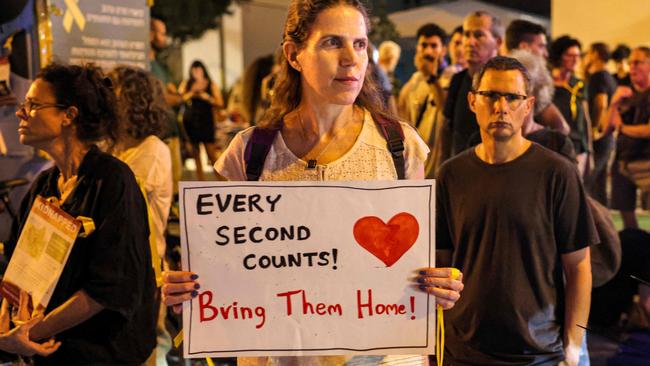
Palestinian militants who attacked Israel on Oct. 7, killing more than 1,400 people, abducted over 200 civilians and soldiers and brought them back to the Gaza Strip. Israel has taken part in negotiations for the release of hostages while carrying out military efforts to crush Hamas, the militant group that is holding most of them.
Why did Hamas take hostages?
Documents recovered from the bodies of dead militants at the sites of the Oct. 7 attacks point to a deliberate strategy to kill as many people as possible, Israeli officials said. Orders carried by militants sent to one kibbutz showed instructions to “kill as many individuals as possible, and capture hostages until receiving further instructions.” Hamas has said it is seeking the release of Palestinian prisoners in Israeli jails in exchange for the Israeli captives. Israel is holding 4,499 Palestinians for security reasons, including 183 from Gaza, according to B’Tselem, an Israeli human-rights organisation.
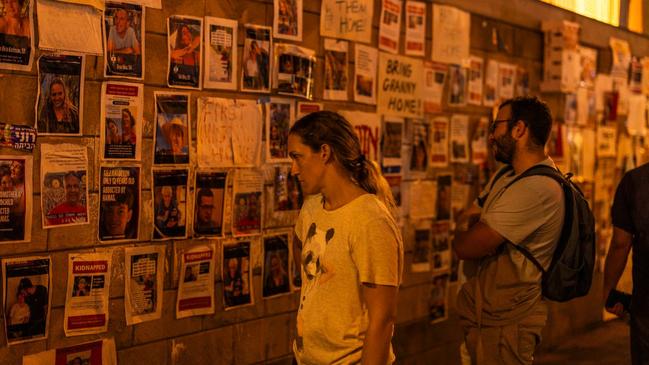
Hamas has fought four wars with Israel since taking power in Gaza in 2007, and rejects Israel’s right to exist. Prisoners have held great significance on both sides of the conflict and have often been used as negotiating leverage. In 2011, militants in Gaza released Israeli soldier Gilad Shalit after more than five years in captivity. He was freed in a swap for 1,027 Palestinians, including a senior Hamas leader in Gaza, Yahya Sinwar.
How many hostages does Hamas have?
Israel said Monday that Hamas and other militant groups were still holding 222 hostages in the Gaza Strip, following the release of two Americans and before the release later Monday of two kibbutz residents. A Hamas spokesman said earlier that the group alone is holding around 200 people hostage, with at least 50 others held by other Palestinian factions.
The estimate of the number of people kidnapped has changed and identifying them has taken time as Israel struggles to identify all of those killed because the militants burned so many of the bodies. Several people initially thought to have been kidnapped have subsequently been identified among the dead.
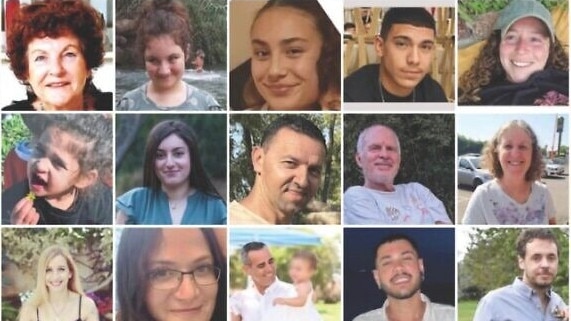
Who are the hostages?
The over 200 people taken captive by the Gaza militant group Hamas come from around 30 nations and include women, children and the elderly. Many may have dual nationalities, including Israeli. Some were attending a music festival in southern Israel near the Gaza Strip; some were residents or visitors at farming communities in the area such as Kibbutz Nir Oz and Kibbutz Be’eri, where many people were slaughtered by attacking militants.
The Israeli military has said that more than 20 hostages are under the age of 18, and that between 10 and 20 are over the age of 60. Some of the 10 Americans who remain unaccounted for after the Oct. 7 attack are among the captives, Secretary of State Antony Blinken said.
Has Hamas released hostages?
Hamas has released four hostages since abducting them from Israel: Americans Judith Raanan and her daughter Natalie, of Evanston, Ill. were released on Oct. 20, followed by the release on Oct. 23 of Nurit Cooper, 79, and Yocheved Lifshitz, 85, whose husbands, both in their 80s, are still being held in Gaza, according to the Israeli prime minister’s office.
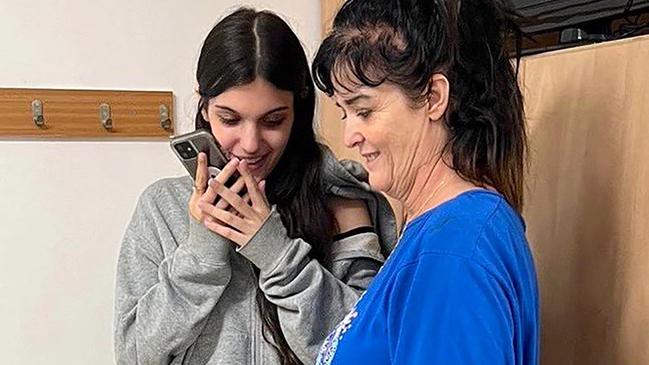
Why did Hamas release hostages?
Hamas is seeking a steady flow of aid into the Gaza Strip, where supplies of food, medicine and water were drained after Israel blockaded the enclave in response to the Hamas attack.
Hostage talks involving Hamas, Qatar, Egypt and Israel over a proposal to release a group of 50 captives in return for aid have stumbled over the militant group’s demand that Israel allow fuel deliveries into Gaza, according to officials familiar with the talks. Israeli officials have said they want all hostages released before permitting the delivery of fuel, and have told negotiators they believe Palestinian groups could divert fuel for military purposes.
Hamas said the release of the first pair of hostages, the Illinois mother and daughter, was made in response to Qatari mediation efforts. The group said the second pair, two elderly women who were freed more than two weeks after their abduction, were released on humanitarian grounds.
Where are the hostages being held?
Hamas said the hostages had been placed in locations across Gaza to impede Israeli operations targeting the militants in the crowded Palestinian enclave. The Israeli military has said it has intelligence relating to the whereabouts of hostages.
Released Hamas hostage Lifshitz described being driven by motorbike toward Gaza, forced to walk across fields for several kilometres and then taken into a “spiderweb” of deep, wet underground tunnels.
How is Hamas treating the hostages?
After her release, Lifshitz, 85, said she “went through a hell I could never imagine,” including the militant attack in which some 100 of the 400 residents of her kibbutz were killed. She said the militants who abducted her hit her with sticks.

Lifshitz also said her captors treated her “with softness and supplied all our needs,” after being asked why she shook the hand of a Hamas captor upon her release. “We lay on mattresses and doctors came every two to three days,” Lifshitz said. “The doctor brought medicine. If there wasn’t [the correct] medicine they gave us different medicines.”
How have Israel and the U.S. responded to the hostage crisis?
The U.S. and other Western nations have pressed Israel to delay an anticipated ground invasion of the Gaza Strip, both to give room for hostage-release negotiations and address humanitarian concerns in the sealed-off Palestinian enclave. Israel has demanded the full release of all hostages before making further concessions to Hamas such as allowing fuel to enter Gaza. The number of abductees and the threat that Hamas could execute some hostages and use others as human shields have weighed on Israeli considerations about a potential ground invasion.


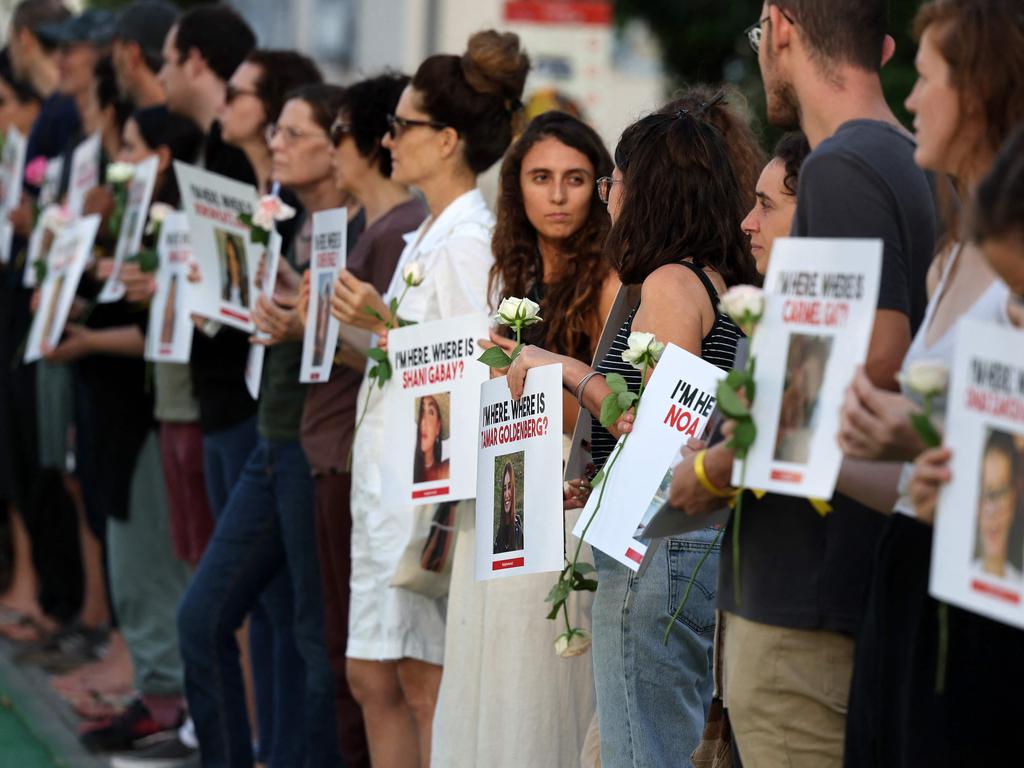


To join the conversation, please log in. Don't have an account? Register
Join the conversation, you are commenting as Logout